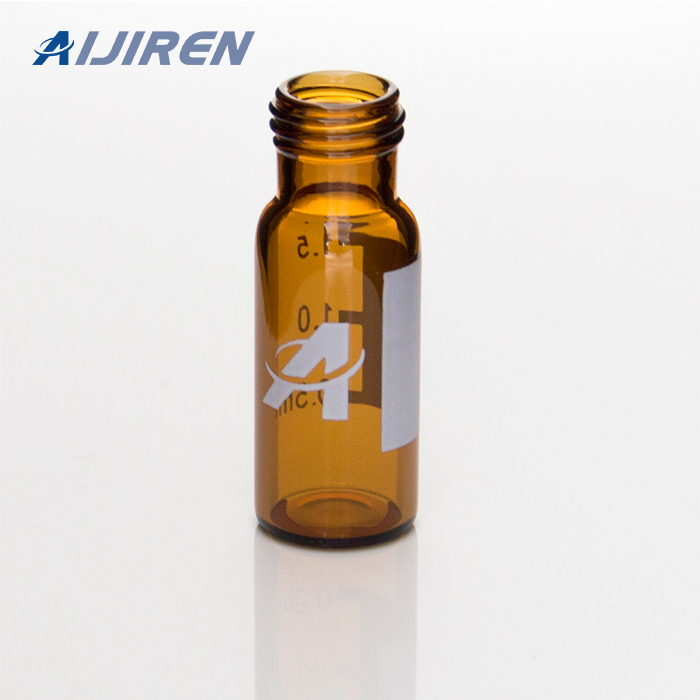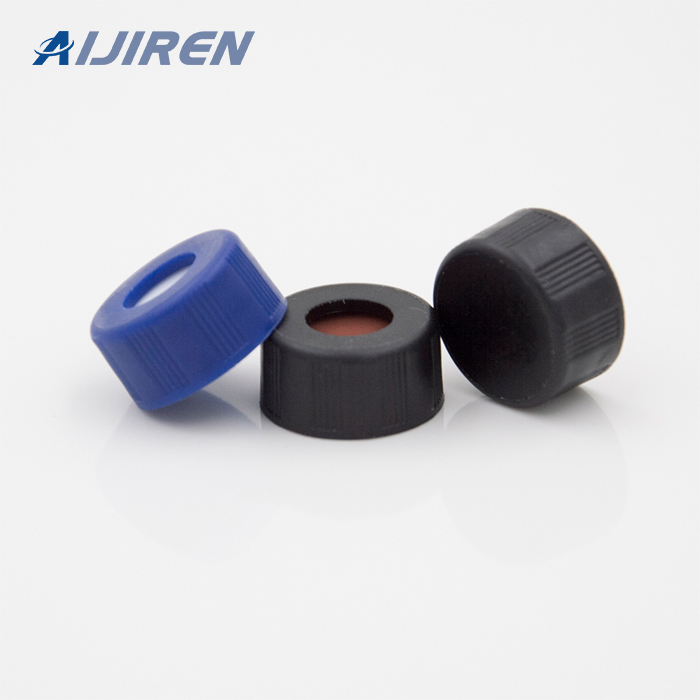








Low temperature maintains sample integrity while the addition of chemicals may cause interferences or contamination in the sample. However, when samples are cooled, the determinant may crystallize or absorb on any precipitates that are formed; storage at 4 °C is therefore preferred.
Jul 31, 2020 · 1. Increased Precision and Accuracy. HPLC inserts feature precise designs and dimensions to provide accurate and reproducible results, while micro vial inserts minimize sample loss during injection for precise quantitative analysis. Their tight-fitting nature means minimal sample loss during injection and ensures all sample volume reaches the
The Chapters are further organized by sample types so that gaseous samples are first (Chapter 6) followed by liquid samples (or samples put into a liquid form) (Chapters 7-12), solid samples (Chapter 14), biological samples (nucleic acids and proteins)(Chapter 15), biological fluids/tissues (Chapter 16) and then special topics such as sample
ensure the integrity of the samples from the time they are taken right through to the numbers on our reports. Now we usually send more than one bottle type with each sampling kit – sometimes as many as 10 different bottles per sample! The bottle labels are all colour-coded to make sampling easier. Each bottle corresponds to a
The analysis of low abundance species, pH sensitive analytes or not yet well understood compound mixtures benefit from consistent and well controlled vial surfaces. The glass surface of TruView pH Control LCMS Certified Vials minimizes pH shifts away from the neutral and thus eliminates unwanted reactions and resulting ghost peaks.
Part 1 gave an outline of mechanisms of sample adsorption to containers and how to reduce this adsorption. Part 2 describes the characteristics of LabTotal Vial (glass) and TORAST™-H Bio Vial (polypropylene) low-adsorption vials developed based on mechanisms of container adsorption, and the adsorption-reducing effect of these vials on basic
Because LC/MS is capable of detecting with high sensitivity, the samples used in LC/MS are very low in concentration. These low sample concentrations result in a situation where sample adsorption to containers and instruments can be a crucial factor in reducing the reliability of quantitative results.
The analysis of low abundance species, pH sensitive analytes or not yet well understood compound mixtures benefit from consistent and well controlled vial surfaces. The glass surface of TruView pH Control LCMS Certified Vials minimizes pH shifts away from the neutral and thus eliminates unwanted reactions and resulting ghost peaks.
1) The low-adsorption glass vials (LabTotal vials) inhibit the adsorption of basic compounds. 2) The low-adsorption PP vials (TORAST-H TM Bio vials) inhibit the adsorption of peptides. These low-adsorption vials are expected to help ensure the reliability of high-sensitivity analysis.
The analysis of low abundance species, pH sensitive analytes or not yet well understood compound mixtures benefit from consistent and well controlled vial surfaces. The glass surface of TruView pH Control LCMS Certified Vials minimizes pH shifts away from the neutral and thus eliminates unwanted reactions and resulting ghost peaks.
The analysis of low abundance species, pH sensitive analytes or not yet well understood compound mixtures benefit from consistent and well controlled vial surfaces. The glass surface of TruView pH Control LCMS Certified Vials minimizes pH shifts away from the neutral and thus eliminates unwanted reactions and resulting ghost peaks.